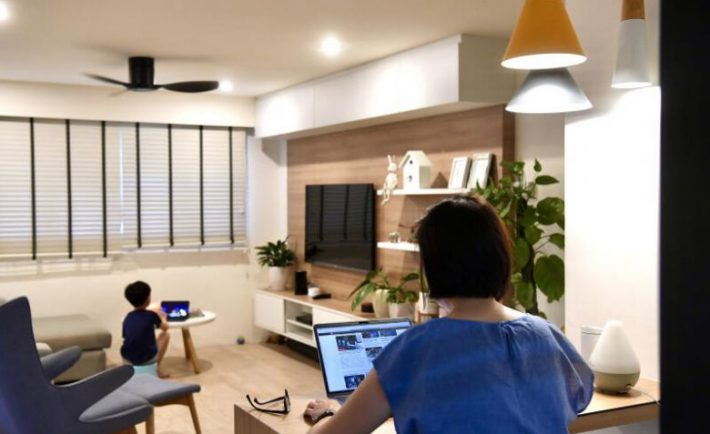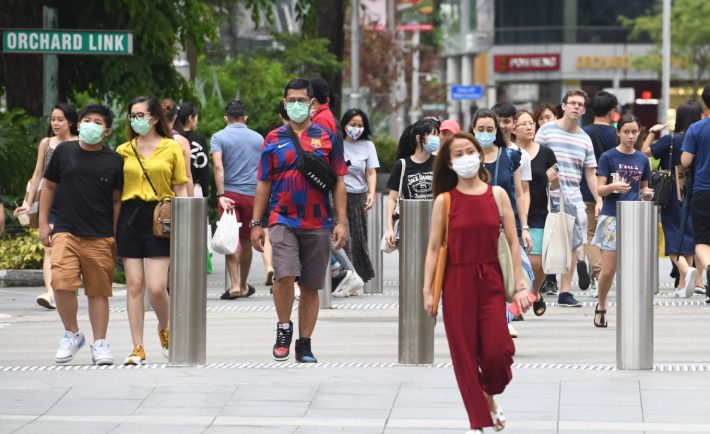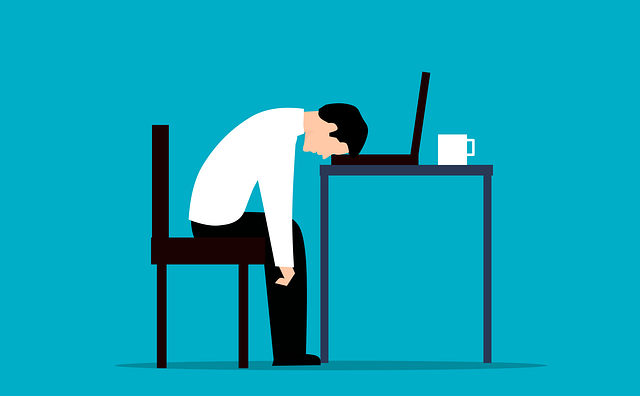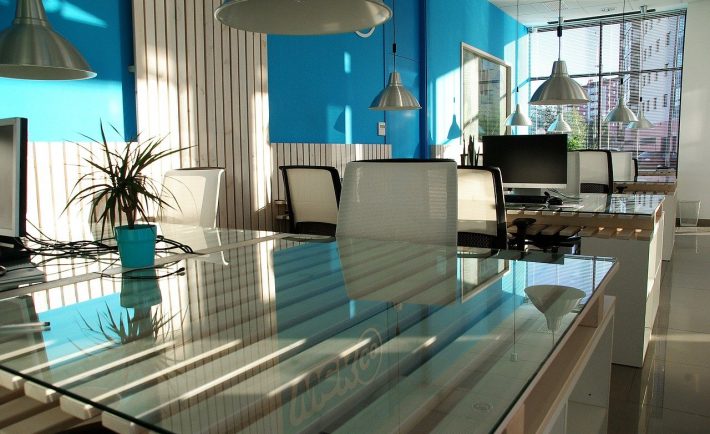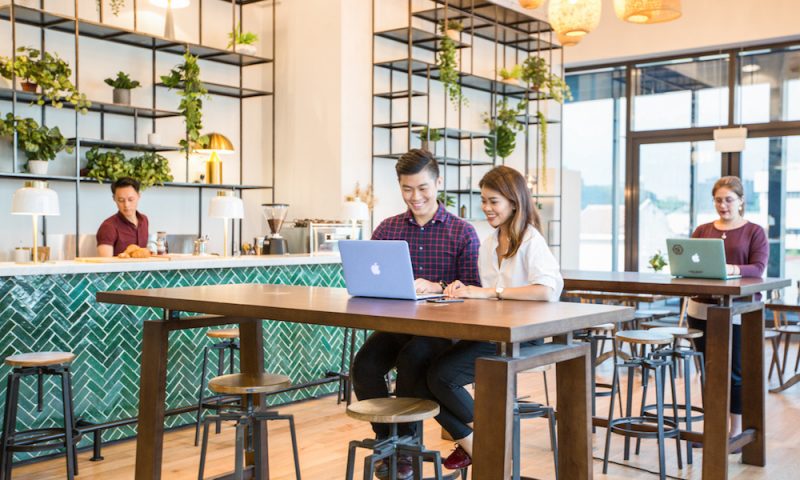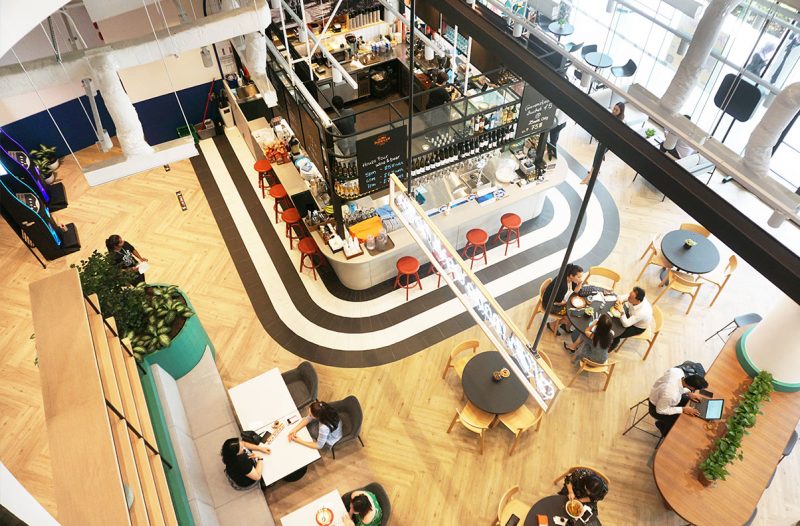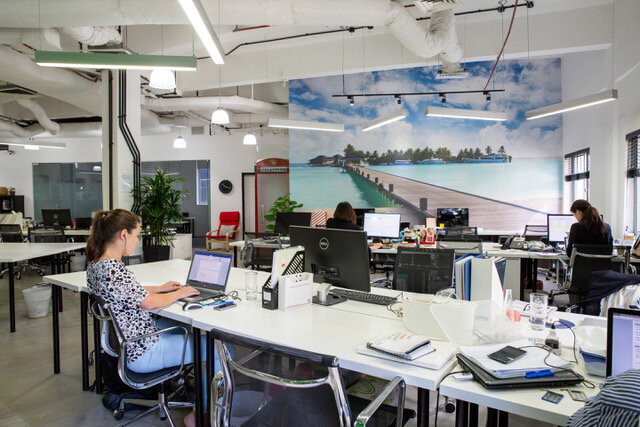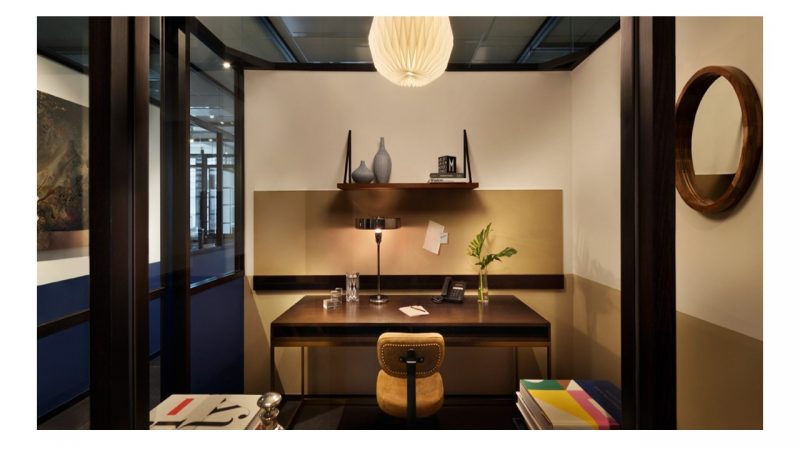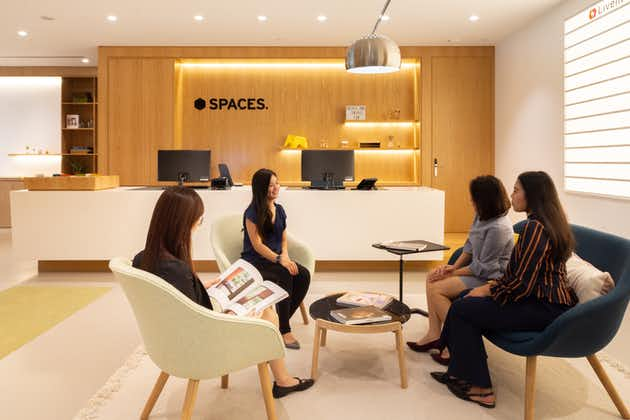Your feet do a lot of heavy lifting throughout the day. Whether you walk around the house or ride a bike around your neighbourhood, your feet are constantly under a lot of stress every day. It is no surprise then that they may feel sore after a long day.
Foot care is crucial in ensuring that your feet are in tip-top shape. Aside from trimming your nails and washing them regularly, addressing the soreness after a tiring day contributes significantly to maintaining their health.
Some of the common causes of aching feet include:
- Walking or standing for long periods of time
- Injuries such as sprains
- Strains on the ligaments and joints due to obesity
- Issues in foot structure, such as high arches or flat feet
- Hormonal changes during pregnancy that loosen up ligaments
Sore feet can significantly impact your lifestyle if you don’t address them properly. Before going to the doctor or visiting a trusted physiotherapy clinic, try the following care tips first at home to soothe your soles and toes.
Put Your Feet Up
The simple act of putting your feet up can significantly reduce the pressure on your feet. After getting home or when conditions permit, lift your feet on the bed, a stool, or a short table for better blood circulation. This act is especially helpful to pregnant individuals, where feet may swell due to fluid build-up in that area.
Stretch Your Feet and Calves
Like other parts of the body, your feet also need to stretch from time to time. Doing so not only addresses the aching, but also helps prevent cramping later on. It also promotes flexibility, which will help avoid injuries like sprains. Additionally, since the feet are connected to the calves, stretching your lower legs may also help tackle the soreness.
Some of the exercises you can do include:
- Curling and flexing your toes
- Rotating your ankles clockwise and counterclockwise
- Shifting the weight between your heels and toes while in a standing position
- Picking up marbles with your toes
- Performing Achilles stretches on a chair or the wall
Draw a Foot Bath
Sometimes all your tired feet need is a warm, relaxing bath. Soaking your feet in a tub of warm water can relieve the muscles and reduce the soreness after a taxing day. Accomplish this by preparing a small foot bath where your feet are submerged completely for around 10 minutes.
If you wish to elevate the experience, adding Epsom salts can produce a more soothing effect. To apply this, sprinkle one to two tablespoons of Epsom salt in a gallon of warm water and soak your feet for around 10 minutes. However, if your feet are hot, tired, or swelling, opt for cool water instead.
Get a Foot Massage
Massaging your feet may improve blood circulation and help relieve soreness. Begin the process by sitting in a comfortable position and kneading the sole of one foot. Afterwards, go to your toes. Pull them apart and bend them for a good stretch. Using a lotion or some oil for lubrication will make the massage easier. Don’t forget to make sure that the lotion or oil does not contain any ingredients that may be bad for your skin.
Apply Ice
Exposing your feet to something cold can reduce inflammation and, consequently, the aching in your feet. Use a homemade ice pack or a package of frozen food (e.g. frozen peas, frozen grapes) to ice your feet. Before application, make sure to put the ice pack in a towel first. Doing so will avoid frostbite, which can harm your skin and underlying tissues if you’re not careful.
Switch to More Comfortable Shoes
Many people say “Fashion is pain”, but it shouldn’t come at the cost of your health, including your feet. Make sure to wear footwear that is in your size and offers your feet the proper support. Bear in mind also that shoes that are already worn out may no longer offer the right amount of cushioning as well. By wearing the right shoes, you can avoid arch pain, swelling, and aching, especially on a busy day.
Indeed, there are many home remedies that you can apply to reduce the pain in your feet. However, remember that these care tips can only address the problem so far.
Here are some of the signs that you should seek professional help:
- If you have a health condition, such as diabetes or an autoimmune disorder
- Injuries like a suspected fracture or open wound
- Increased swelling and severe pain in the area
- Numbness or tingling at the bottom of your feet
- If the swelling and soreness remains even after applying home remedies
If you suspect that your condition could be more serious, don’t hesitate to go to a doctor for a proper diagnosis. They may prescribe you some oral or topical medications to reduce the symptoms or recommend paraphernalia such as arch supports that can significantly improve your feet’s overall health.



